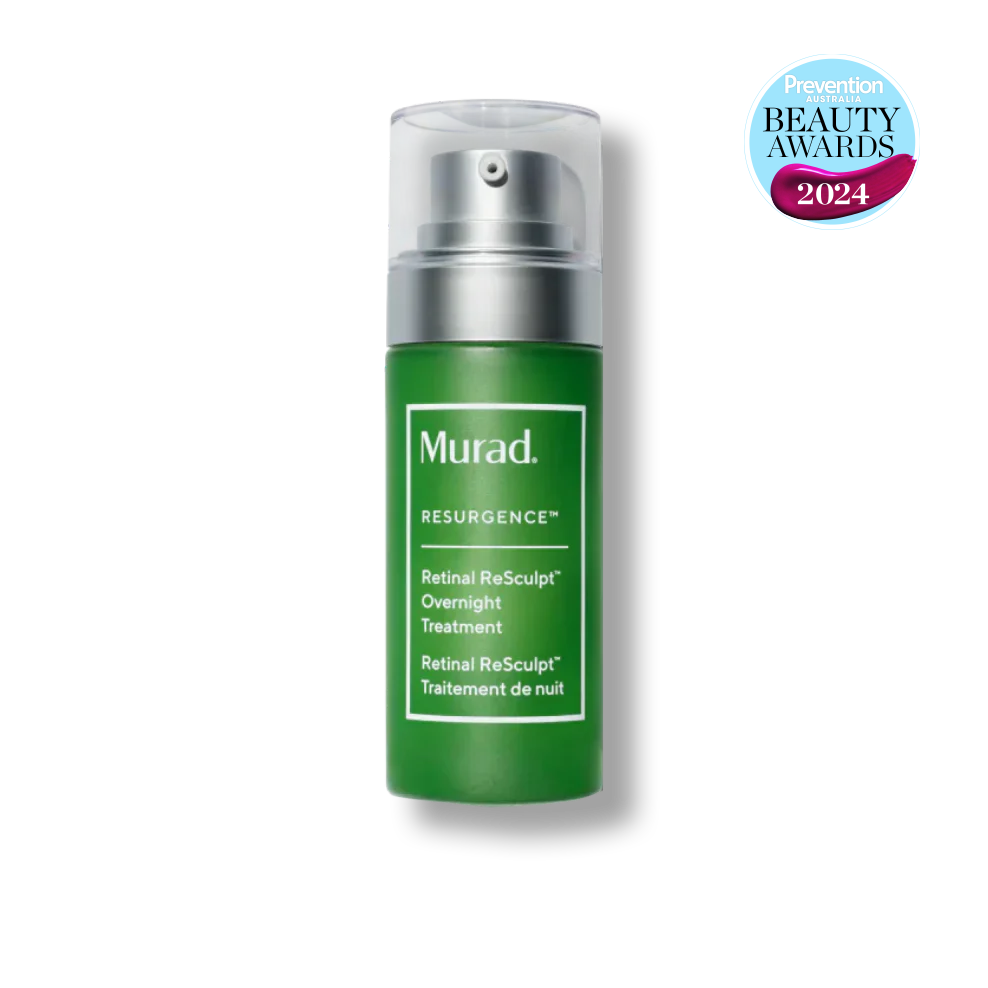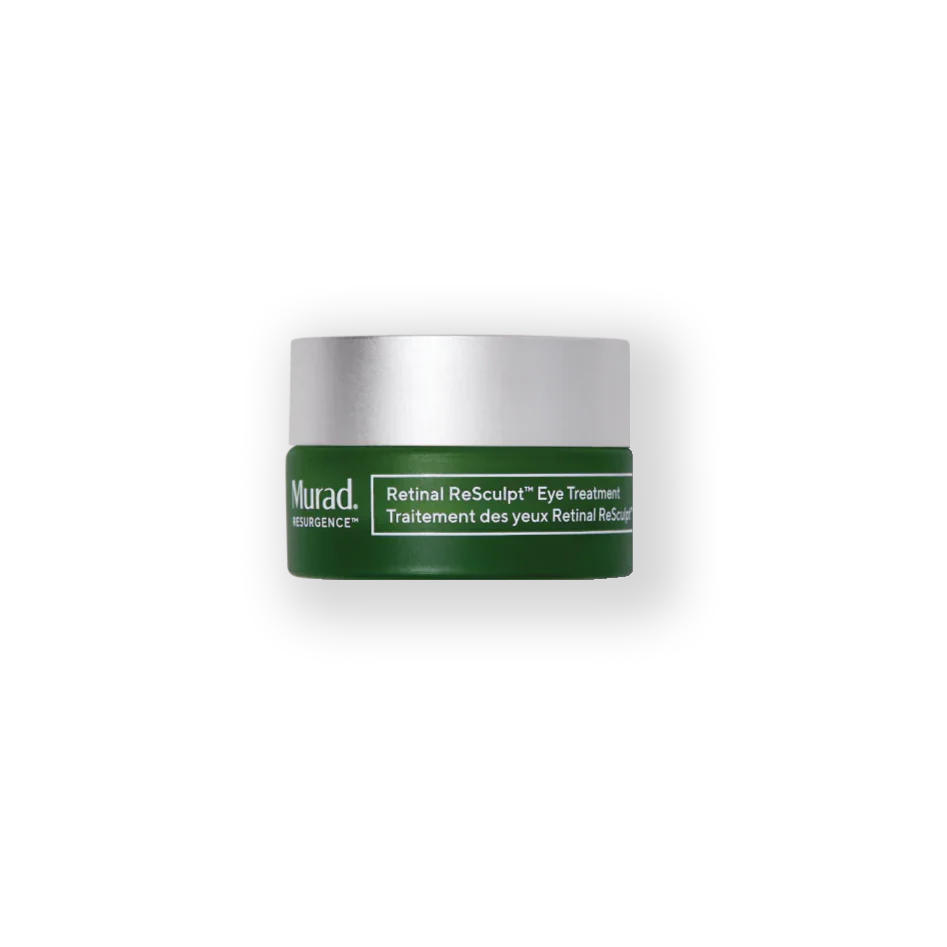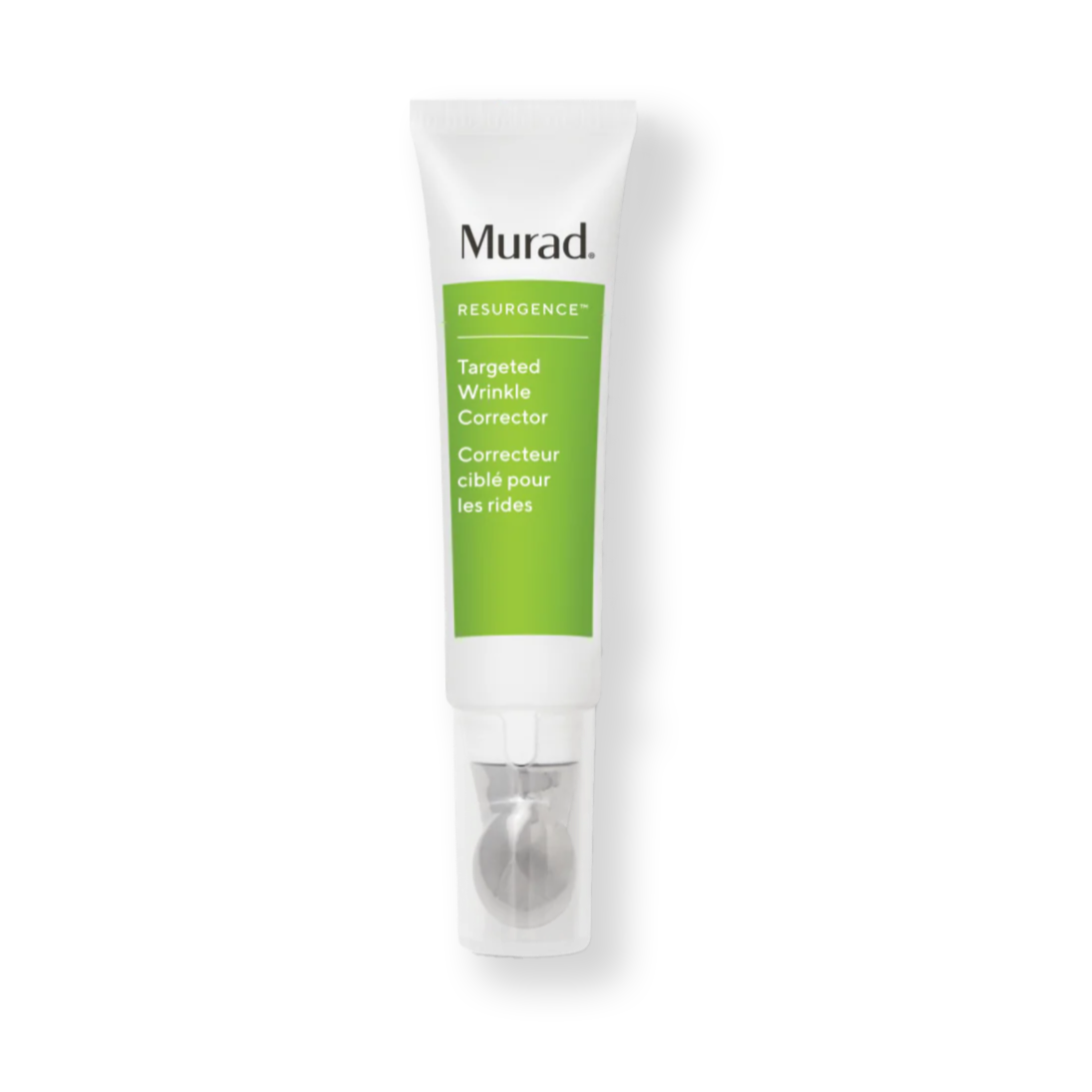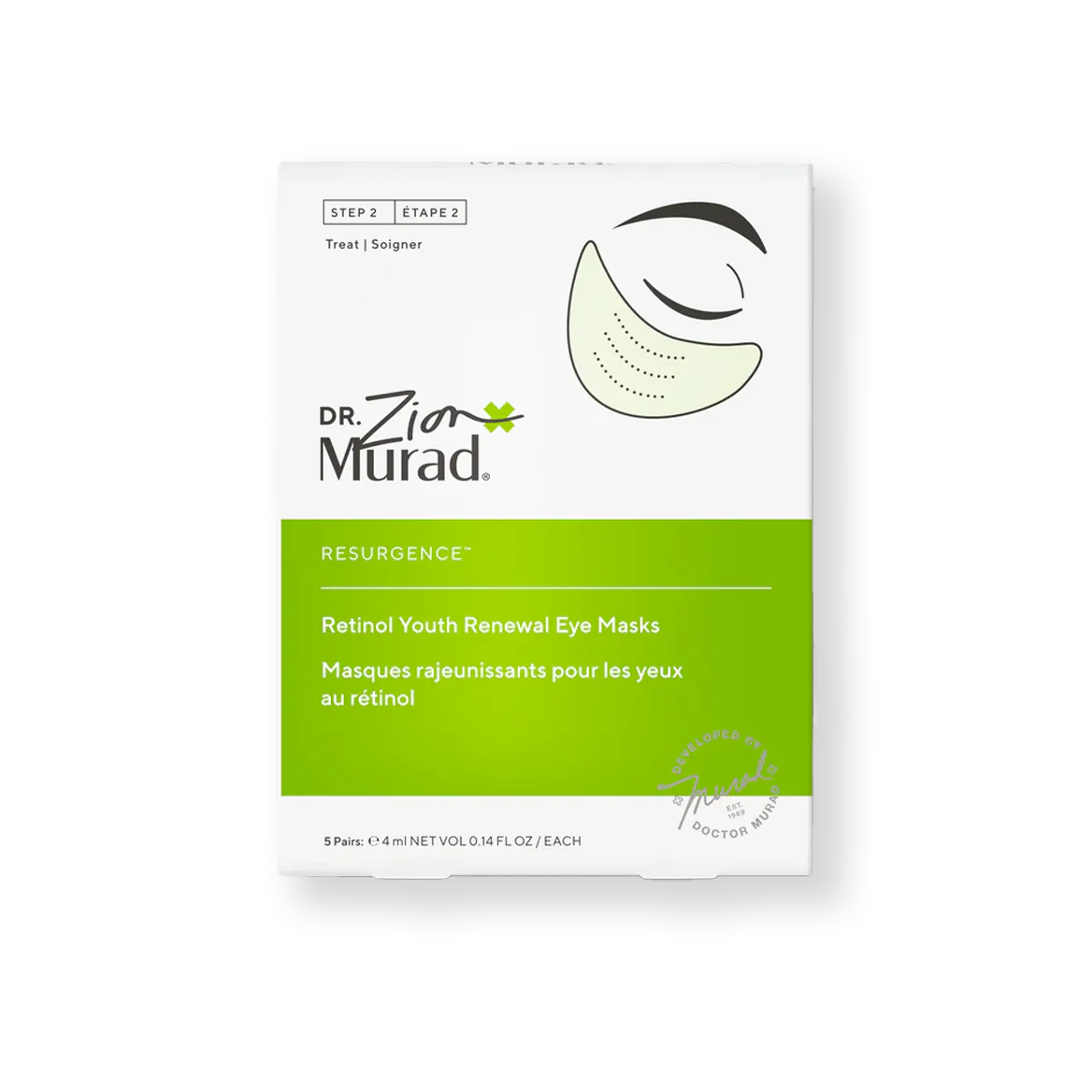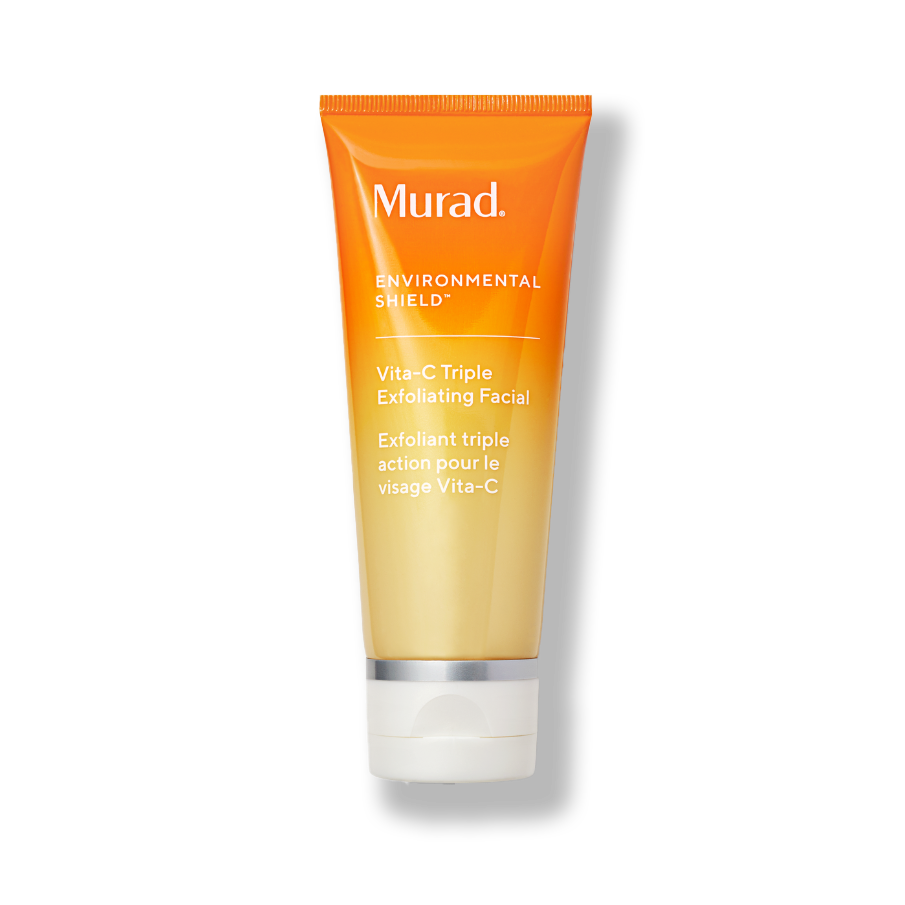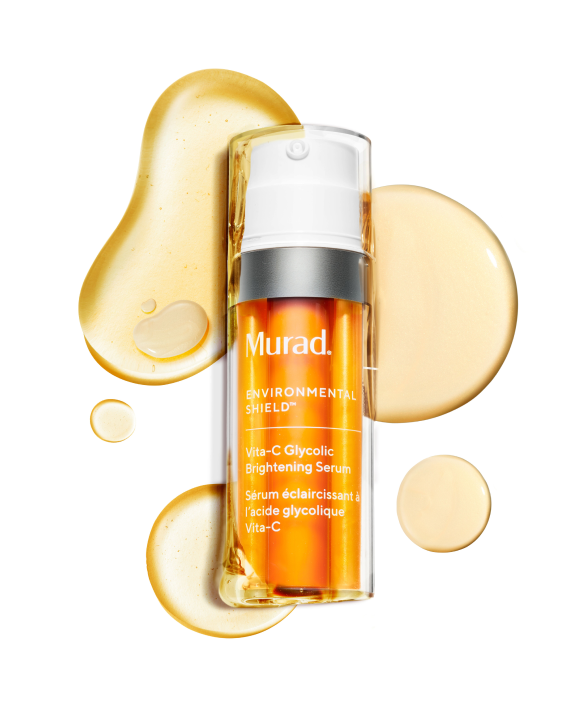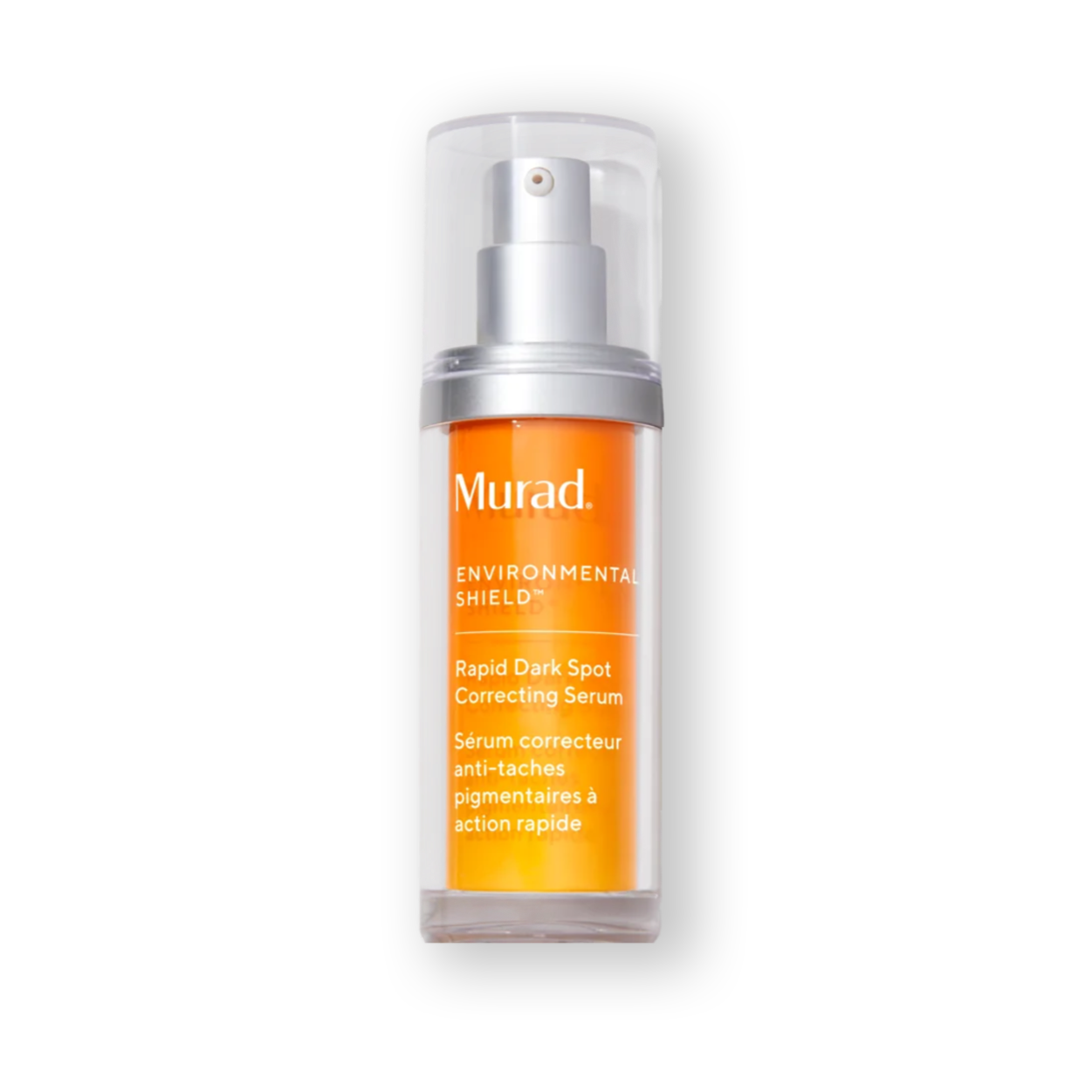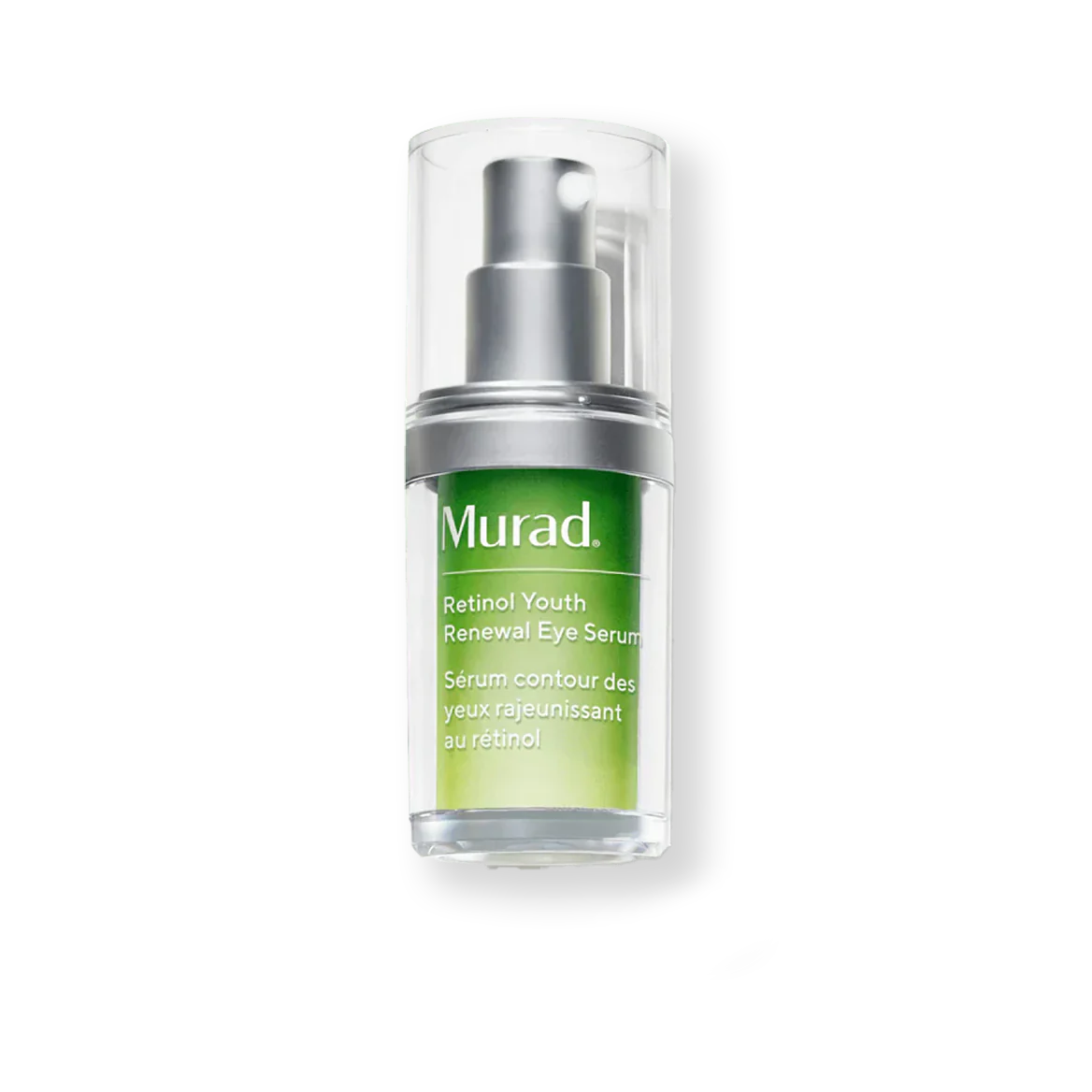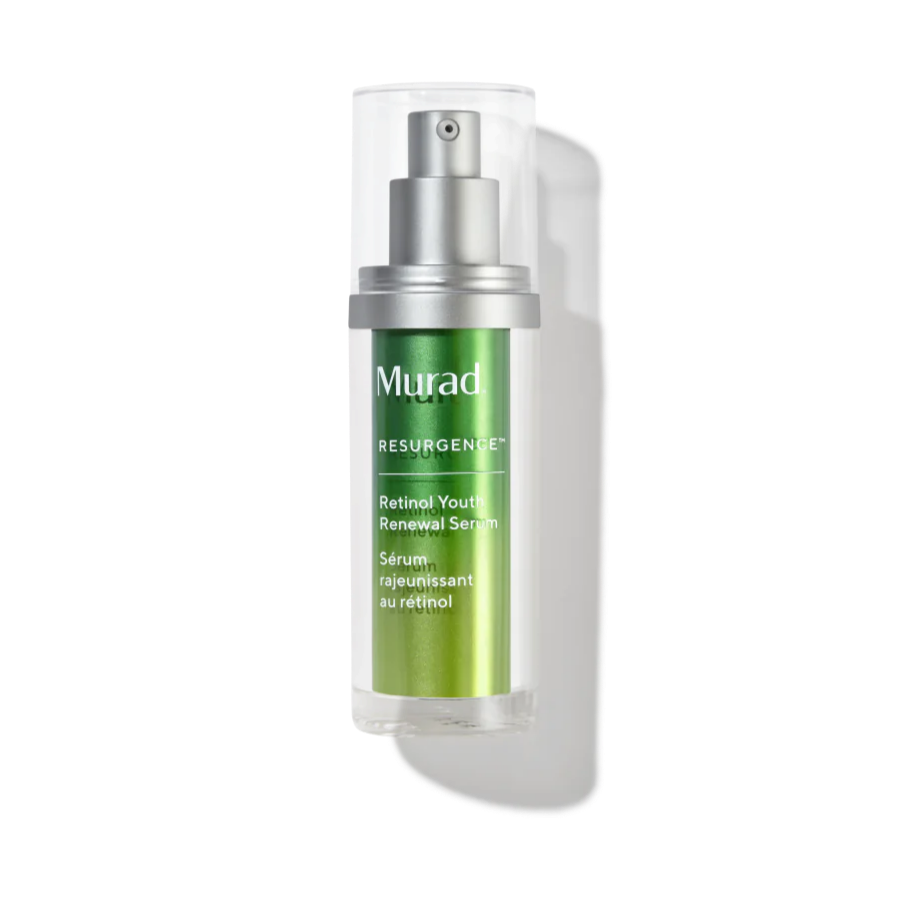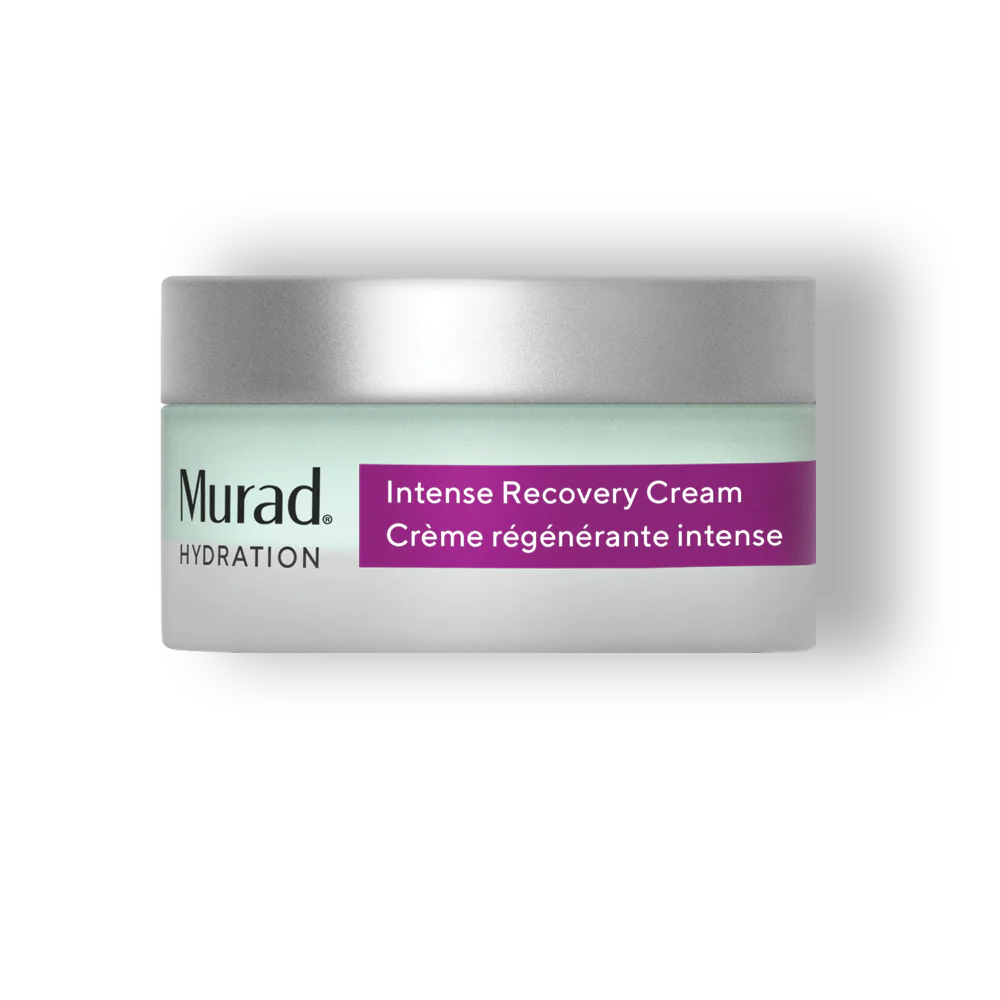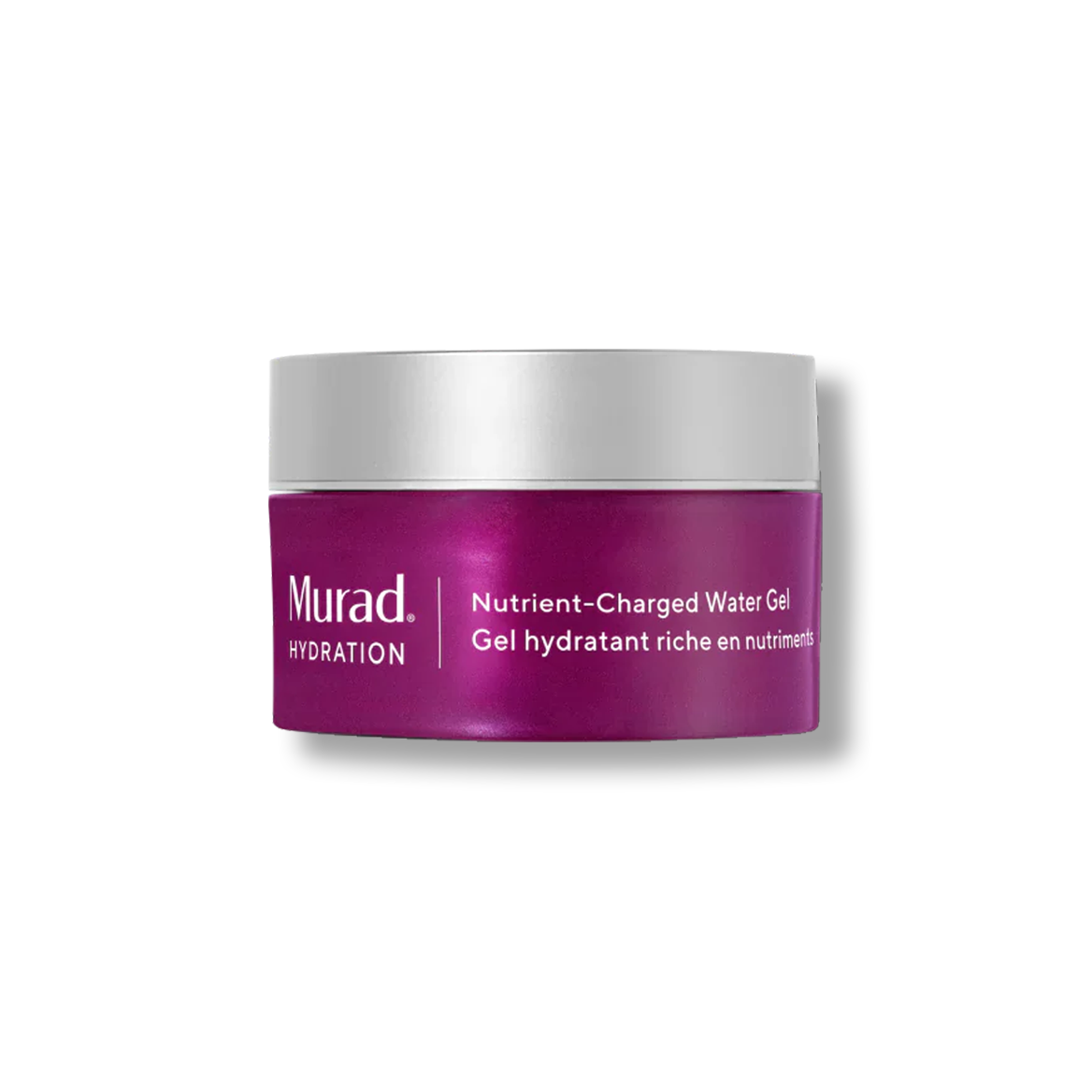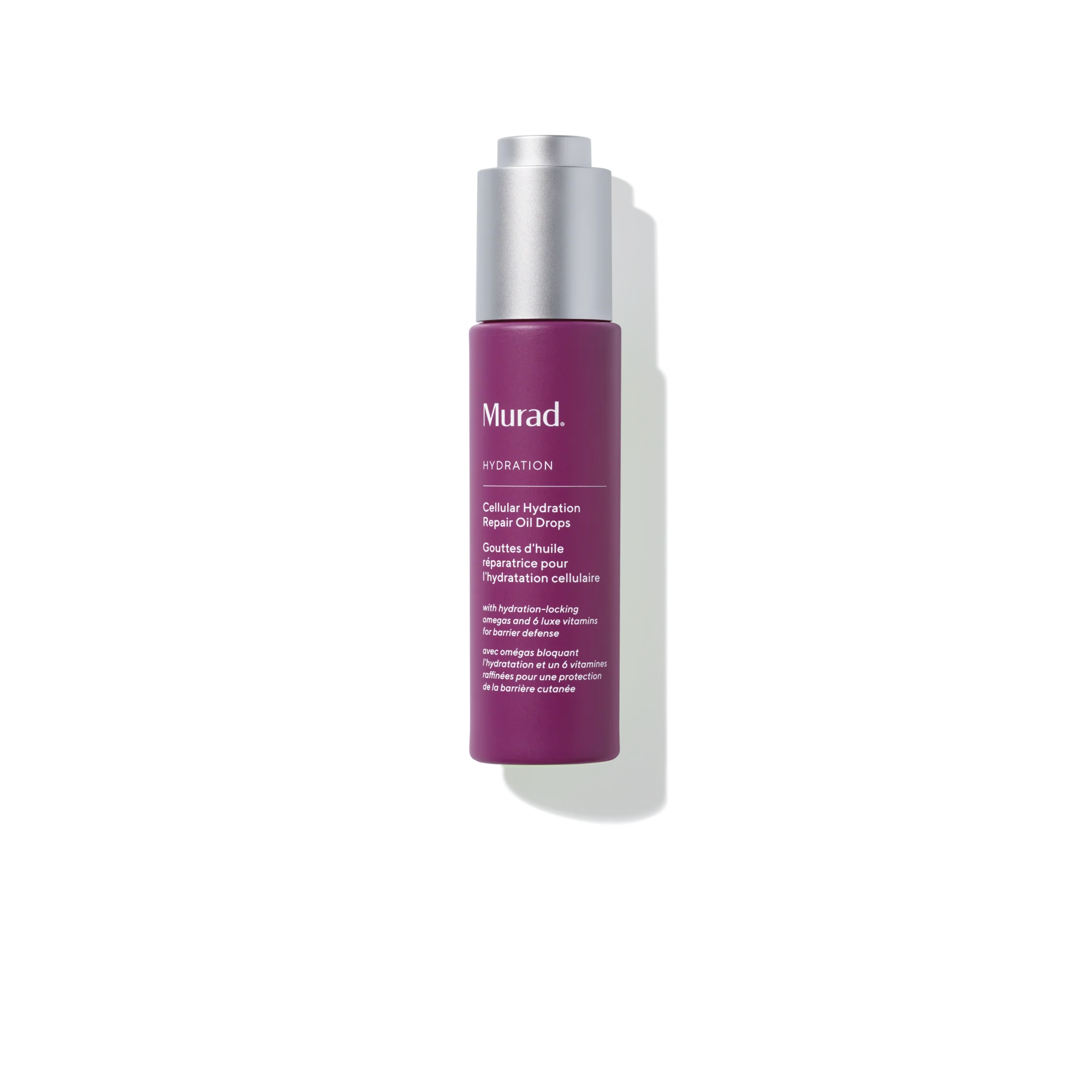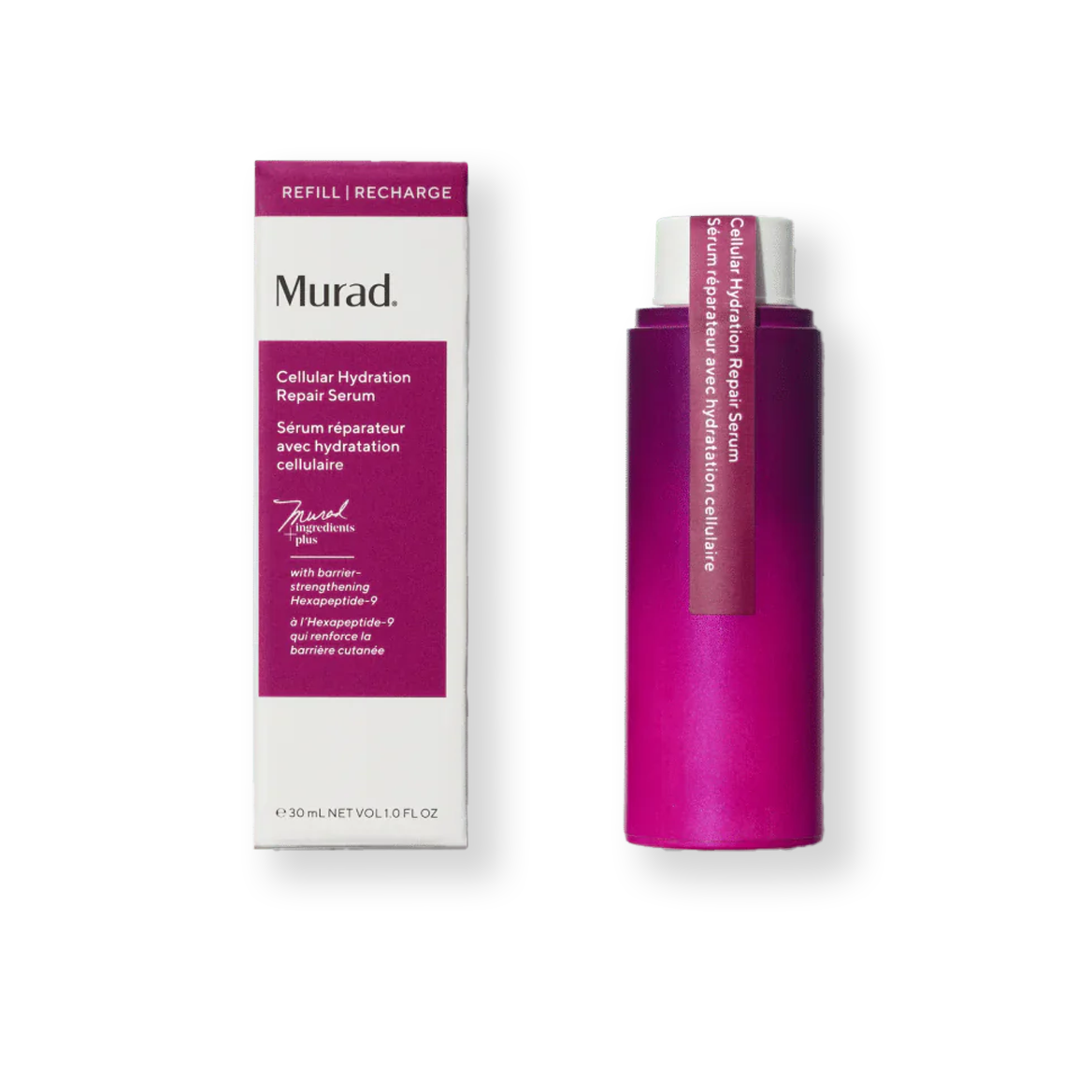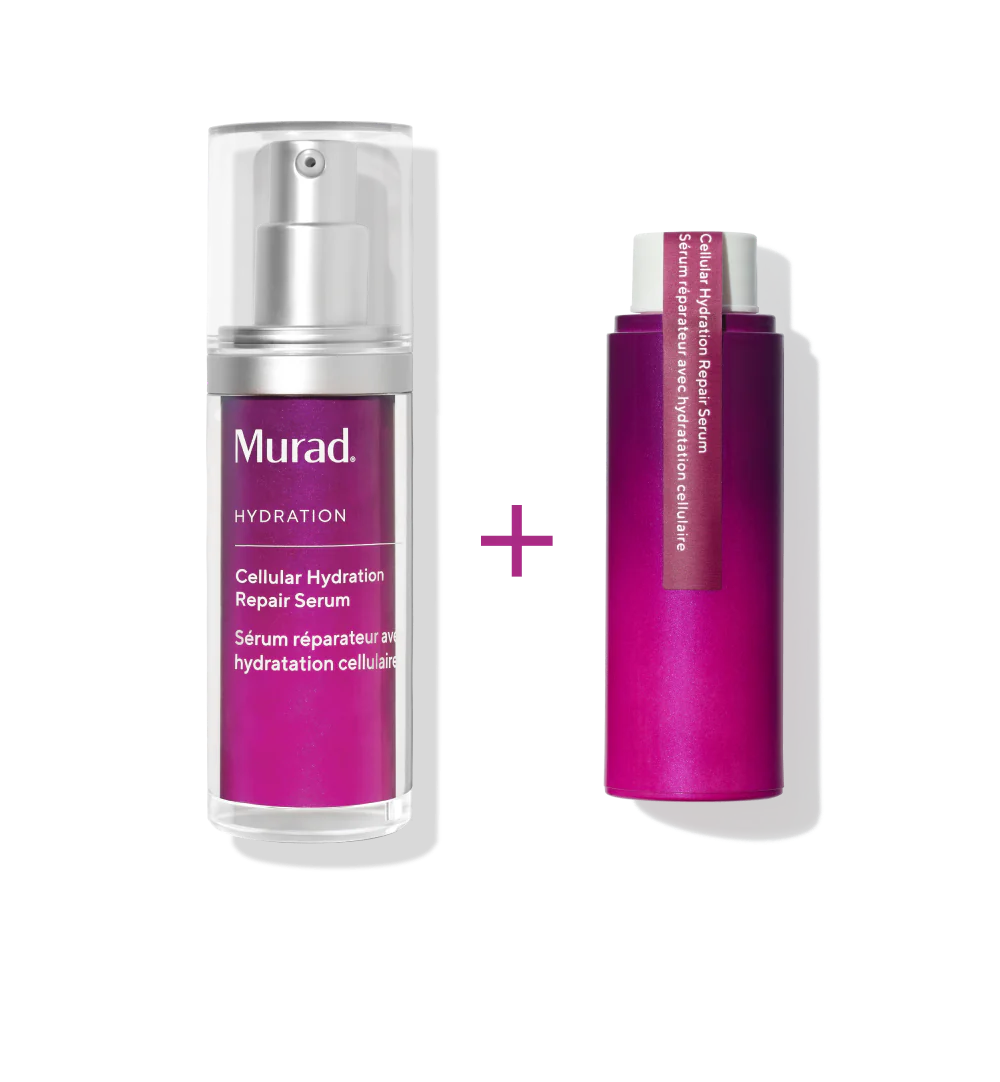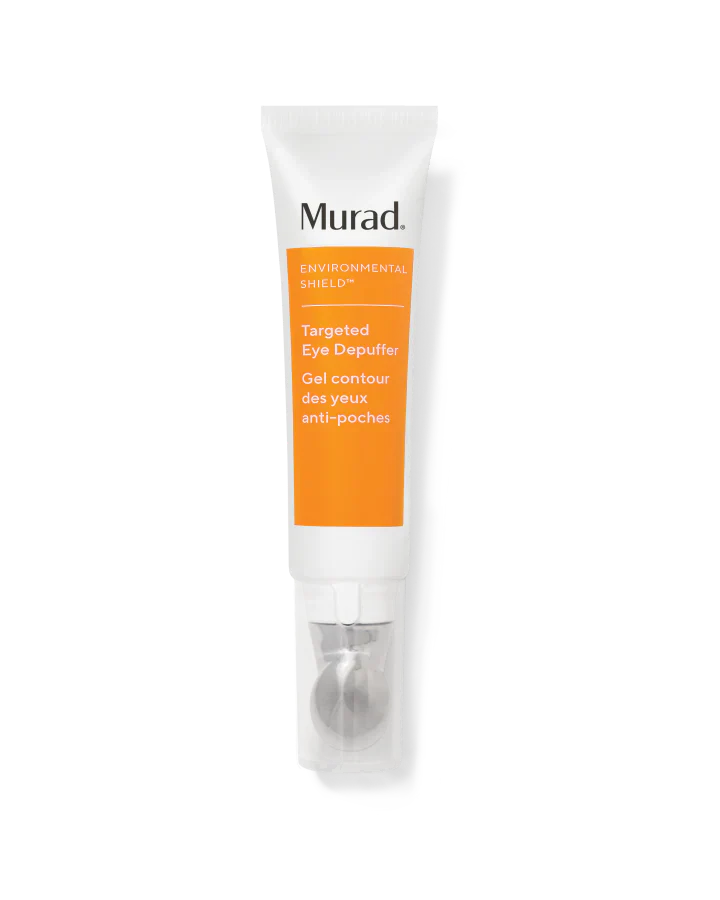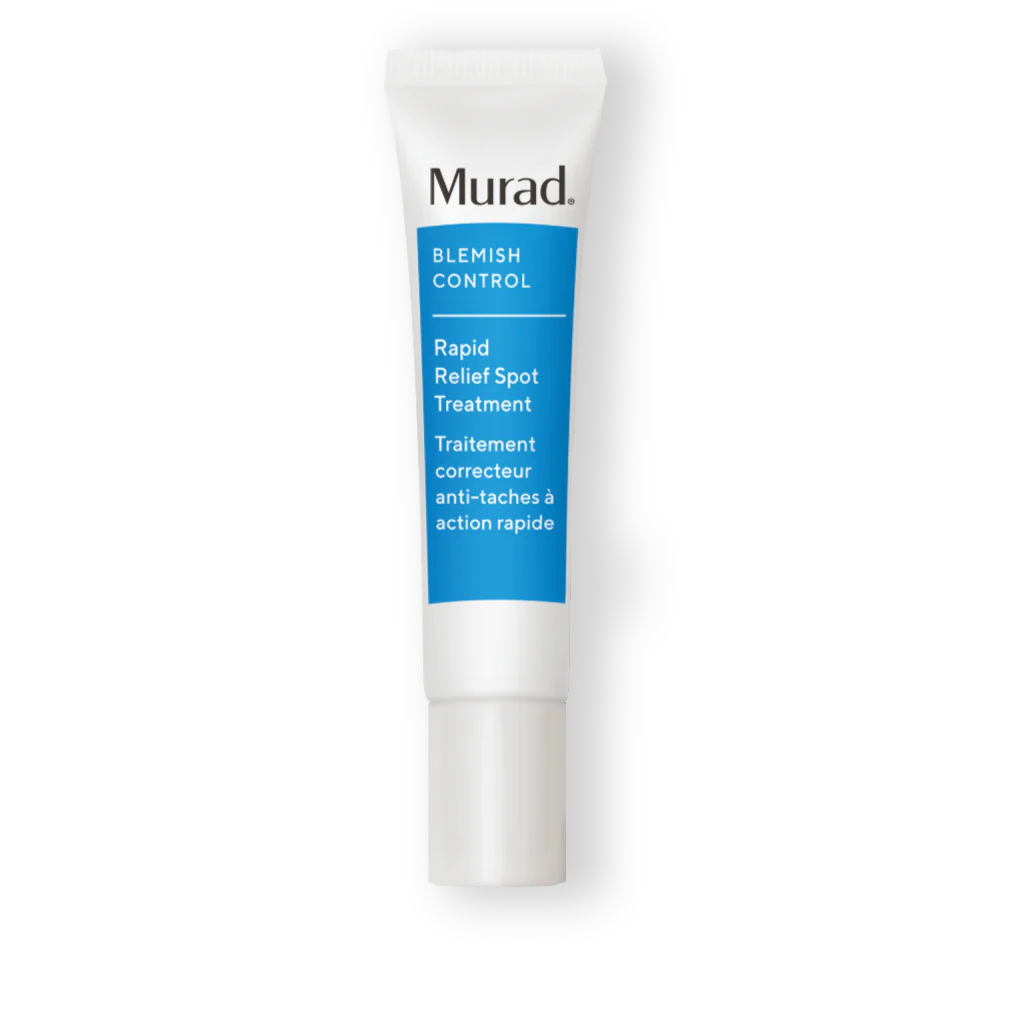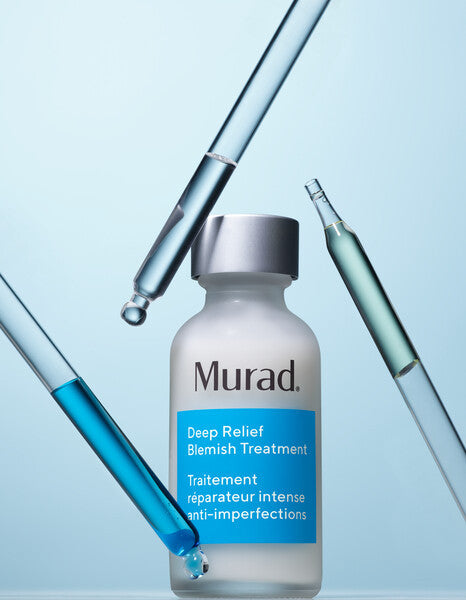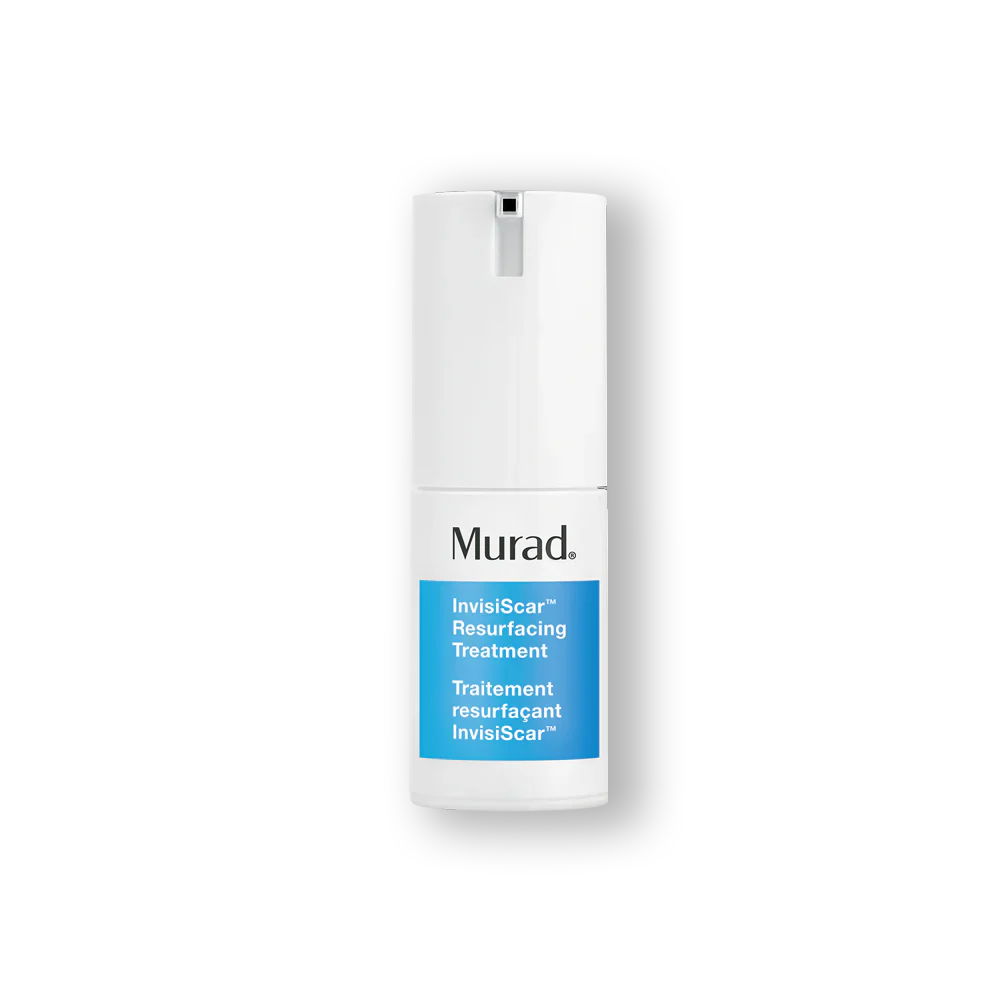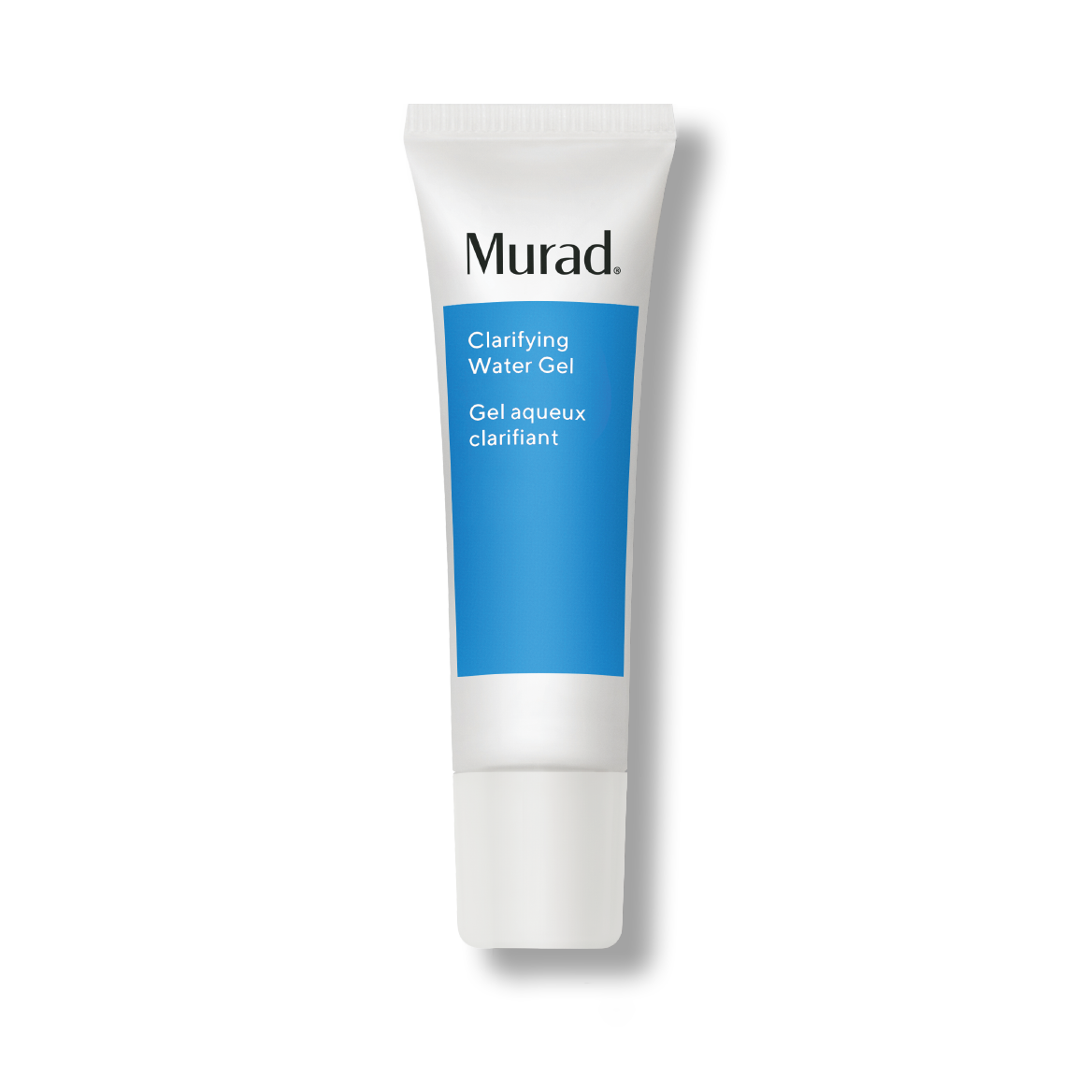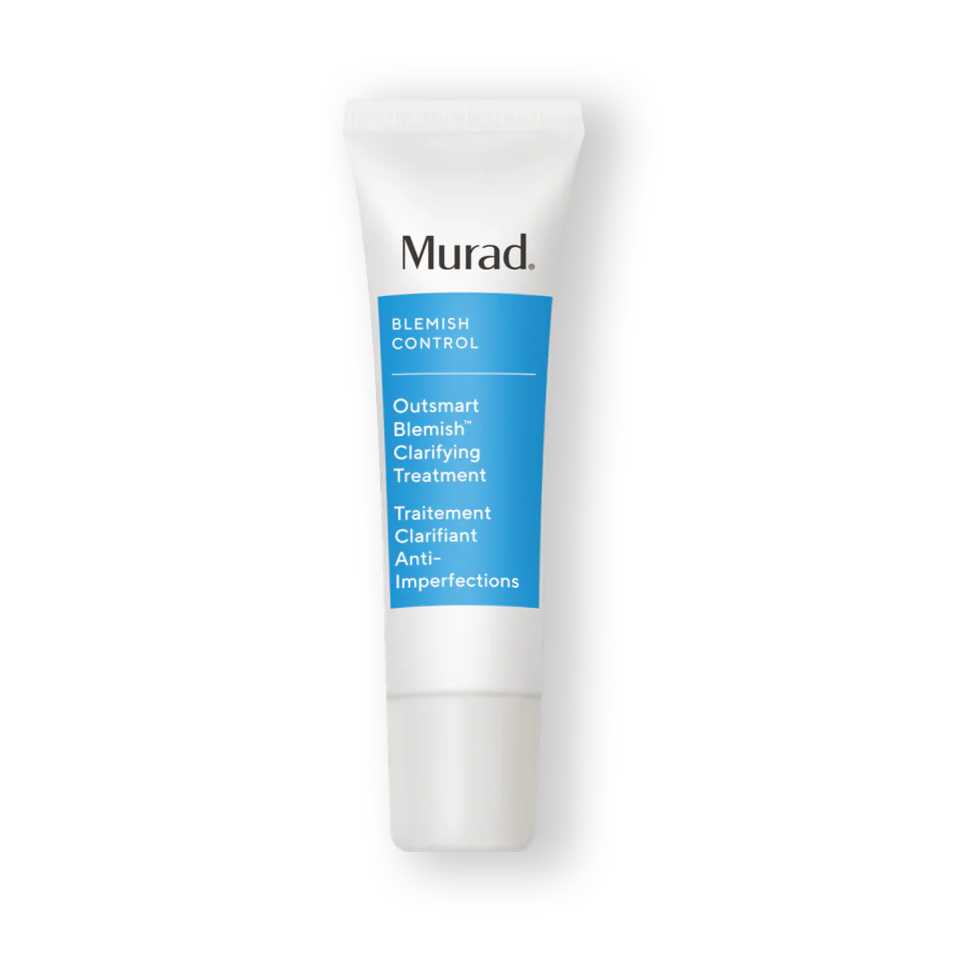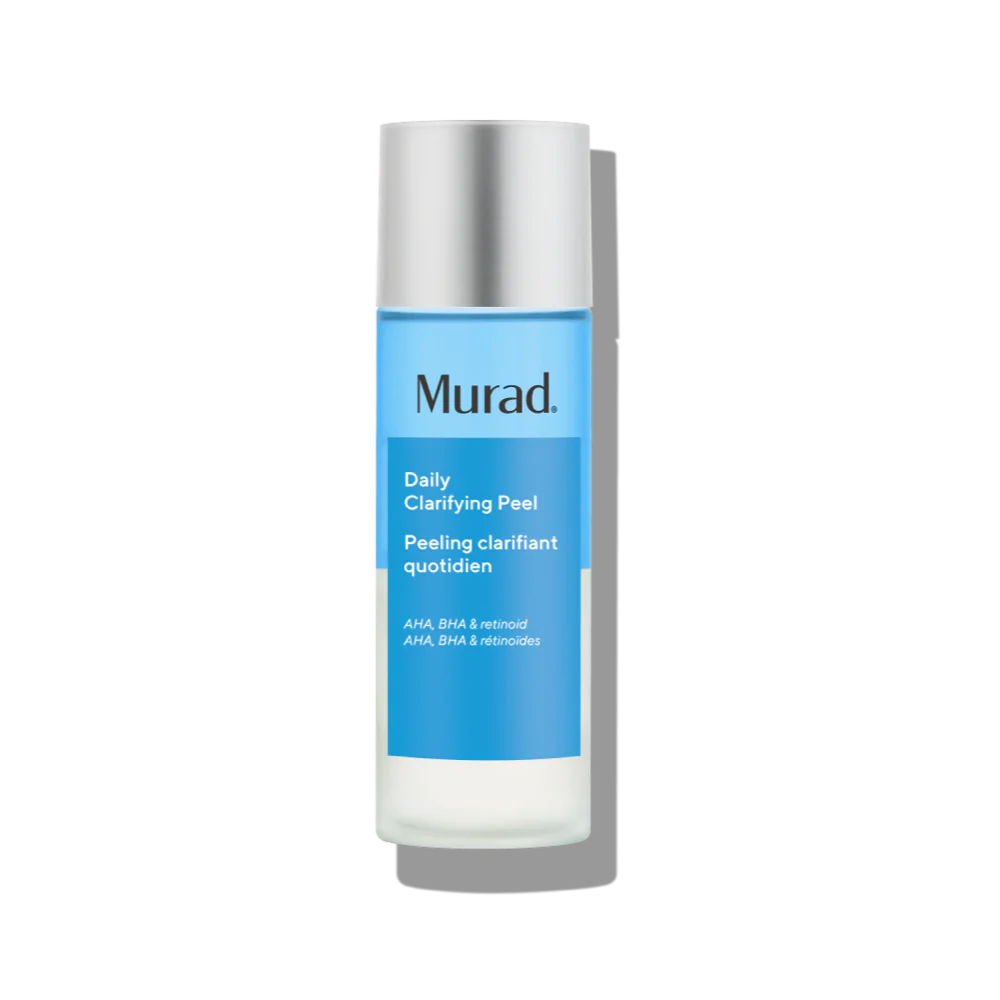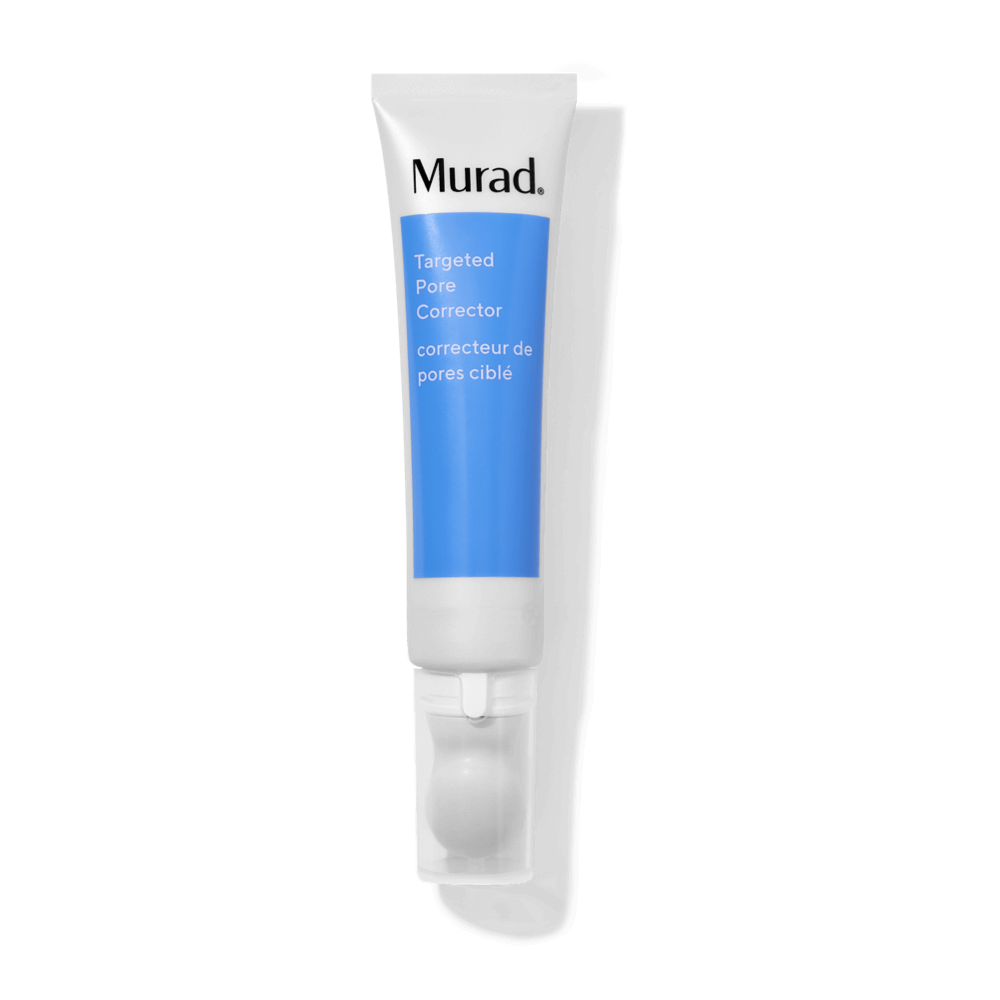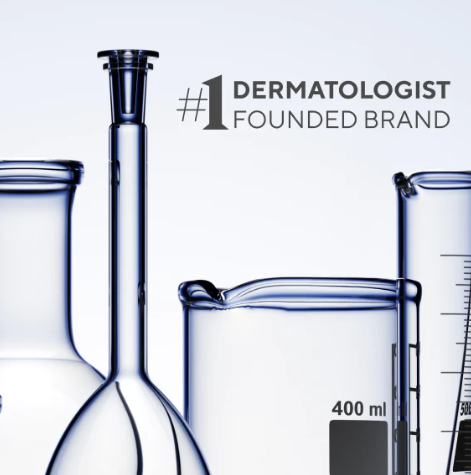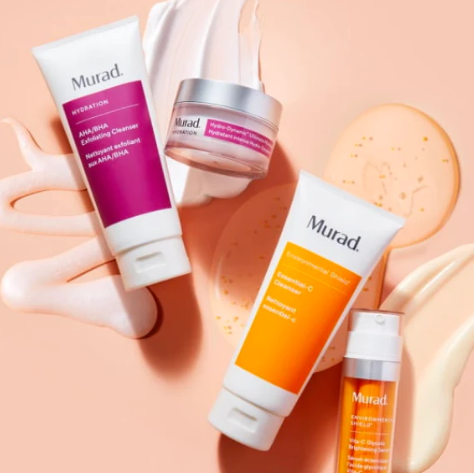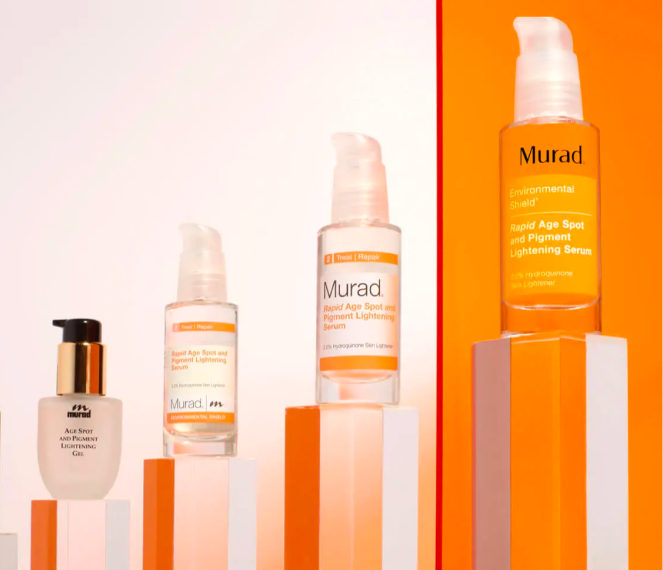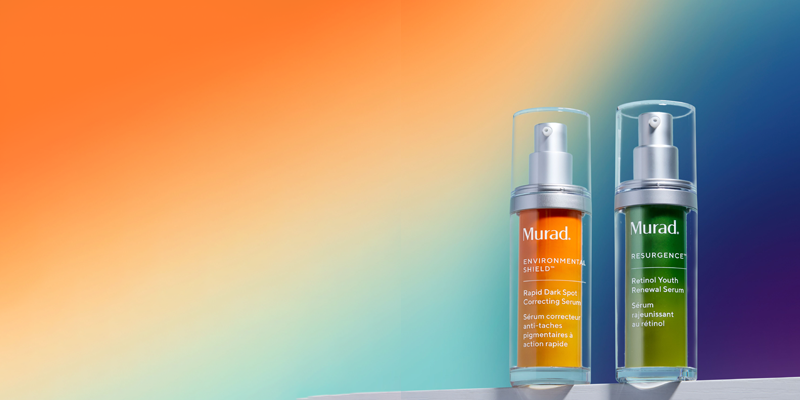Skin barrier damage? How to tell if you have it (and how to fix it)
You’re religious about retinol. Glycolic acid keeps you glowing. Max-strength salicylic acid is your pimple-stopping holy grail. These are the clinically proven active ingredients skincare obsessives know and love—but they don’t call them actives for nothing. They’re potent—and in some cases can be too much of a good thing and trigger a damaged skin barrier.

How do you know if your skin barrier is damaged? It’s tricky to diagnose, as symptoms range from redness and flaking to bumps (even pimples) and roughness. Often, we can make our skin barrier damage worse by treating the flakes and bumps traditionally (via exfoliation) or slathering on occlusive products (soothing? Yes. Pore-clogging. Unfortunately.) that exasperate symptoms.
Actives don’t carry all the blame: Environmental factors like cold weather, low humidity and sun exposure can bring about signs of a damaged skin barrier.
Read on to learn how to know if your skin barrier is damaged, what might be causing your disrupted barrier, what changes to make and what happens on a cellular level as you start the process of healing your skin.
Understanding the skin barrier
When people talk about the skin barrier, they’re likely referring to the stratum corneum. The stratum corneum is the outermost layer of the skin, consisting of dead skin cells (corneocytes) layered and bound together in a lipid matrix. Atop these dead skin cells lies a thin low-pH film known as the acid mantle, consisting of a combination of sebum and sweat.
These features each function to protect the skin and body from the outside world. Lipids are hydrophobic, meaning they repel water, which keeps outside liquids from coming into contact with deeper skin tissue, muscles and other organs. This lipid layer also keeps water inside the body to help you maintain a healthy hydration level.
Beyond the lipids, tightly layered corneocytes form a physical barrier between irritants and the living cells beneath.
Lastly, the acid mantle’s pH of ~5.5 maintains a healthy balance of bacteria, preventing infection by more virulent strains. These separate microbiomes help keep a strict distinction between inside and outside and prevent infection in the body.
Damaged skin barrier signs to look out for
Any layer or element of the skin barrier becoming compromised can lead to irritation. A damaged skin barrier will come with a few telltale signs:
-
Redness or blemishes: Redness or blemishes can result from inflammation or infection, which a healthy skin barrier normally prevents. The presence of these symptoms may indicate some level of barrier dysfunction
-
Burning, itching, or stinging: These signs can also indicate a damaged skin barrier. The symptoms may crop up with redness or blemishes as well
-
Sensitivity to hot and cold temperatures: Loss of the corneocytes atop living skin tissue can expose the sensitive tissue layers underneath to more sensory information than they are used to, leading to extra sensitivity to temperature fluctuation
-
Dryness: A damaged lipid layer has been shown to result in trans-epidermal water loss (TWL), which can cause dry or dehydrated skin Skin tightness: This is another sign of dehydration and moisture loss that may result from a damaged skin barrier
Studies suggest that certain environments and practices can cause or exacerbate damage to the skin barrier. Here are a few common behaviours to consider altering if you’re dealing with persistent irritation:
Over-exfoliating
Excessive exfoliation removes the physical layer of corneocytes that functions as armor for your healthy skin tissue. Physical exfoliants like washcloths and makeup wipes can cause mechanical damage to the skin barrier, and chemical exfoliants, especially when paired with other active ingredients, can increase dryness and irritation. Using a proper exfoliator in your skincare routine can be beneficial when done in moderation—even for dehydrated skin—and with consideration for your skin type.
Overuse of active ingredients
Active ingredients (like retinoids, alpha-hydroxy acids, salicylic acid, and benzoyl peroxide) have the potential to change the structure or function of the skin—and have the potential to cause dryness and damage to the skin barrier. While these FDA-classified active ingredients are powerful in their ability to treat conditions like acne, this same power means overusing them can result in negative impacts, so they should be used with caution and care.
Using alcohol-based products
Evidence suggests that skincare products containing certain types of alcohol can lead to increased trans-epidermal water loss, suggesting disruption to the lipid layer, as well as increased redness. The combination of redness and lipid layer disruption is a likely concoction of skin barrier damage.
Not using sunscreen
Exposure to ultraviolet rays from the sun can also play a role in skin irritation, compromised skin barrier, and skin health disruption via water loss and dehydration from sunburn. UV radiation can also cause the loss of skin elasticity from long-term exposure.
The dual roles of cell repair and cell turnover in skin regeneration Your skin’s recovery will benefit from two related but distinct processes: cell repair and cell turnover.
Cell repair: healing and replacing skin cells Epidermal healing takes place in response to any kind of damage to the skin. A healthy skin barrier prevents infection and dehydration, so much of the repair process (also known as reepithelialization) is focused on restoring the stratum corneum to its functional state. We can help our barrier by supporting it with peptides, hydrators and omegas.
Cell turnover: shedding and renewing process
As opposed to cell repair, cell turnover is a constant skin process, underway at all times regardless of damage. The human epithelium is always shedding dead skin cells, meaning your body is always churning out new corneocytes and pushing them upwards to keep the stratum corneum healthy. Active ingredients encourage this renewal process, especially as we age and the process slows from 20 days to up to 60+ days. Skincare products containing retinoids and vitamin A-derived ingredients have been shown to increase the rate of cell turnover and may prove helpful in recovering from a damaged skin barrier.
Best practices for preventing damage
Here are three more steps you can take to both allow skin barrier repair and healing to begin and prevent more skin damage from occurring:
-
Choose your cleanser wisely: Instead of regular soap, which is often basic and can disrupt the skin’s acid mantle, a gentle cleanser [JM1] is less likely to disrupt the skin barrier
-
Stay hydrated and healthy: Damage to the skin barrier can cause trans-epidermal water loss (TEWL); drinking enough water and eating water-rich foods can mitigate the dehydration this causes and help the cellular repair and turnover processes in your skin
-
Moisturise smarter, not harder: Incorporate moisturisers containing humectants like hyaluronic acid, which have been shown to reduce water loss and increase the hydration of the stratum corneum. This is especially important in times of low humidity, when skin dryness becomes a bigger concern
References for this information:
The Journal of Clinical and Aesthetic Dermatology, 2016, volume 9, issue 4 International Open Access Journal of the American Society of Plastic Surgeons, 2016, volume 4, issue 12 International Journal of Cosmetic Science, 2017, volume 39, issue 2 Cosmeceuticals and Cosmetic Practice, 2013 Journal of Cell Communication and Signaling, 2016, volume 10, issue 2, pages 103-120 Advances in Dermatology and Allergology, 2019, volume 36, issue 4, 392-397 Yonsei Medical Journal, 2006, volume 47, issue 3, pages 293-306
Shop This Article
-
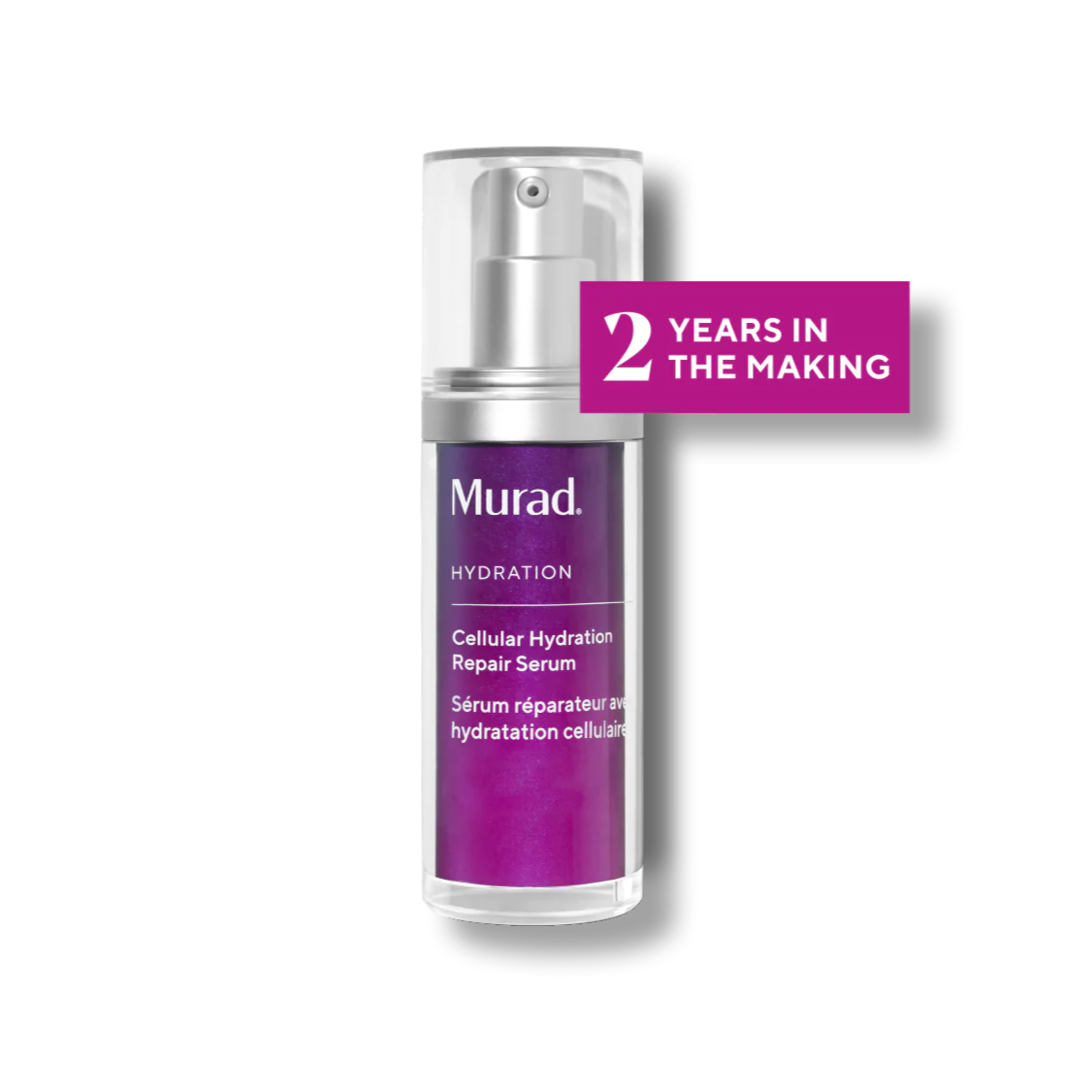
Cellular Hydration Barrier Repair Serum
Concentrated serum with Hexapeptide-9 that repairs skin barrier in just 30 minutes
$105.00 | 30ML -
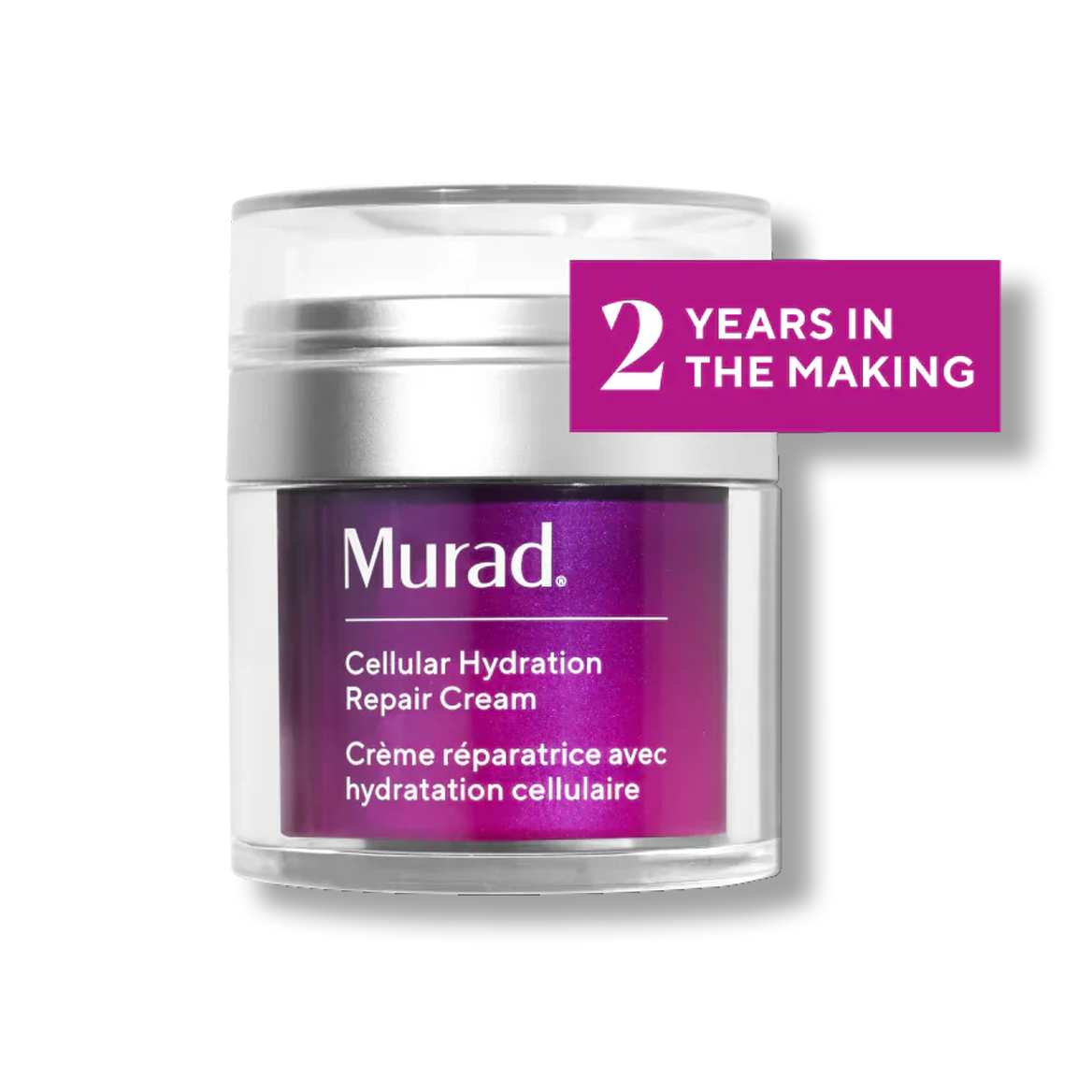
Cellular Hydration Barrier Repair Cream
Daily nourishing cream with fatty acids from bilberry omegas that immediately repairs dry, flaky and dehydrated skin
$115.00 | 50ML -
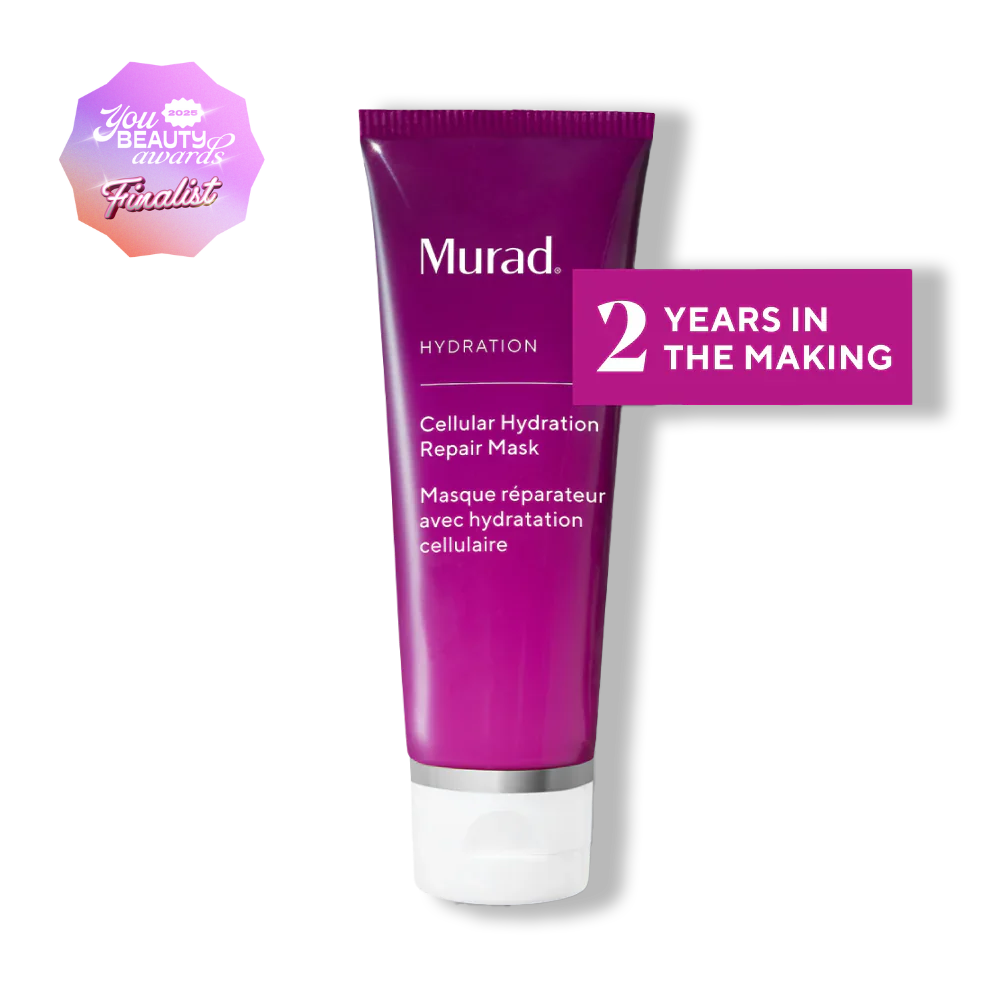
Cellular Hydration Barrier Repair Sleep Mask
Intensely soothing overnight mask with bilberry omegas that repairs dry, red and rough skin
$85.00 | 80ML
